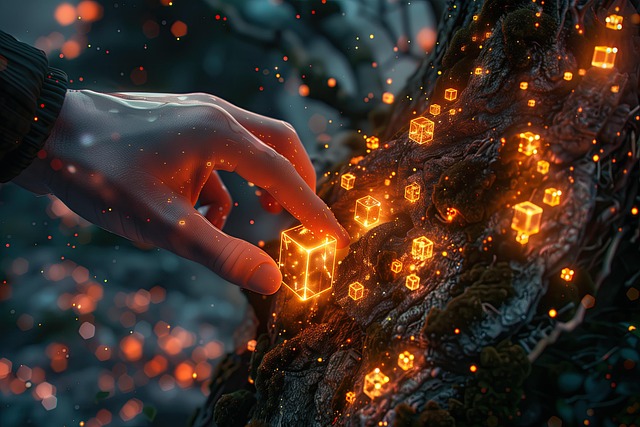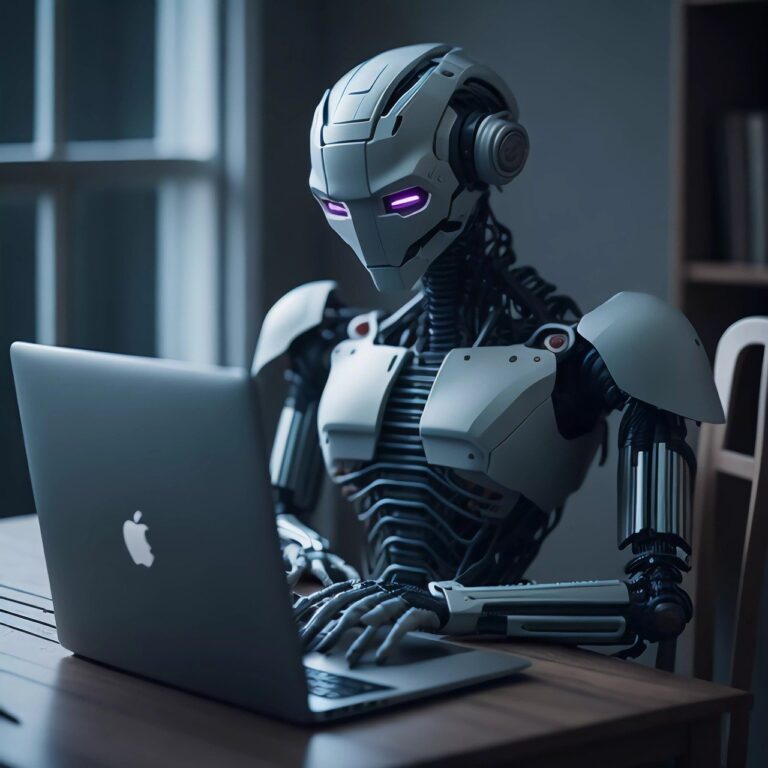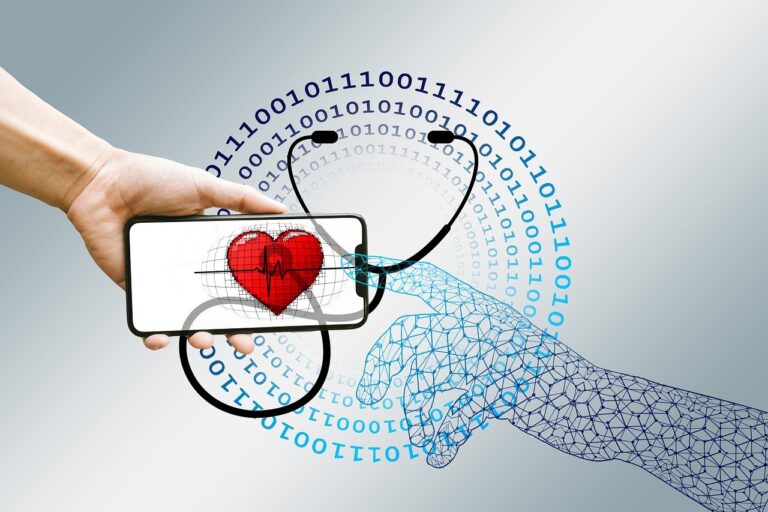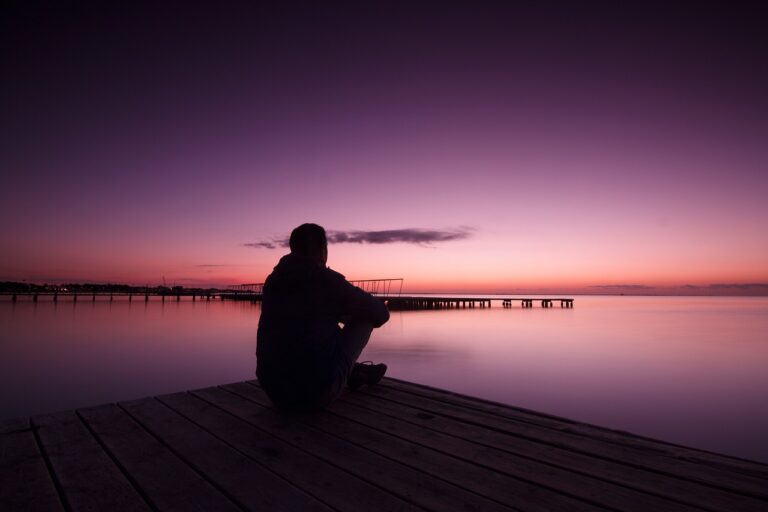
In recent years, Artificial Intelligence (AI) has made tremendous advancements in various fields, from healthcare and transportation to art and music. But a pressing question remains: Can AI replace human creativity? Creativity has always been a uniquely human trait, defining our ability to think, innovate, and express ourselves. Let’s dive into this fascinating topic to explore the capabilities of AI and its limitations when it comes to creativity.
Understanding Human Creativity
Creativity refers to the capacity to generate unique ideas, tackle challenges in innovative ways, and convey thoughts through different forms such as writing, visual arts, and music. This ability is frequently influenced by emotions, life experiences, cultural backgrounds, and individual viewpoints. For people, creativity encompasses more than just the final outcome; it’s a journey that involves brainstorming, trying out new things, and thoughtful reflection.
What AI Can Do in Creative Fields
AI has shown remarkable potential in mimicking creative processes. Here are some examples of how AI is making strides in creativity:
- Art Creation: AI tools like DALL-E and DeepArt can generate stunning artwork based on text prompts.
- Writing: Platforms like ChatGPT can write stories, poems, and even news articles.
- Music Composition: AI algorithms can compose music in different genres, imitating the styles of famous composers.
- Design: AI-powered tools assist graphic designers by automating tasks and generating design suggestions.
- Film and Animation: AI can help create realistic animations, special effects, and even scripts.
These capabilities make AI a powerful tool for enhancing and speeding up creative tasks. However, they also raise questions about whether AI could eventually surpass human creativity.
The Limitations of AI in Creativity
Despite its impressive achievements, AI faces significant limitations in replacing human creativity:
- Lack of Emotions: AI cannot experience emotions, which play a crucial role in human creativity.
- Originality: AI generates output based on existing data and patterns, making it challenging to produce truly original ideas.
- Cultural Context: AI lacks an understanding of cultural nuances and personal experiences that shape creative expression.
- Intuition and Imagination: AI operates on logic and data, while humans rely on intuition and imagination to innovate.
- Ethical Concerns: AI-generated content often raises ethical questions about authorship and authenticity.
How AI and Humans Can Collaborate in Creativity
Rather than viewing AI as a competitor, it’s more practical to see it as a collaborator. Here’s how AI and humans can work together:
- Idea Generation: AI can generate a pool of ideas, which humans can refine and develop.
- Automation: AI can handle repetitive tasks, freeing up time for humans to focus on more complex aspects of creativity.
- Personalization: AI tools can help tailor creative outputs to specific audiences.
- Accessibility: AI makes creative tools more accessible to non-experts, democratizing creativity.
The Emotional Aspect of Creativity
A key element of human creativity is emotion. Whether it’s a painter expressing sorrow through brushstrokes or a writer weaving personal experiences into a story, emotions fuel creativity. AI, devoid of feelings, cannot replicate this emotional depth. It can imitate styles and generate content, but it lacks the emotional resonance that makes human creativity meaningful.
Ethical Considerations of AI in Creativity
The rise of AI in creative fields raises several ethical questions:
- Authorship: Who owns AI-generated content—the user, the developer, or the AI?
- Plagiarism: Since AI relies on existing data, there’s a risk of unintentionally replicating copyrighted material.
- Job Displacement: Will AI replace jobs in creative industries?
- Quality vs. Quantity: Does AI’s ability to produce content quickly compromise quality?
These considerations highlight the need for guidelines and regulations to ensure responsible use of AI in creativity.
Read More: Minimalist Travel: Packing Tips for Budget Trips
Will AI Ever Surpass Human Creativity?
The key to this question is recognizing what creativity truly is. AI is great at recognizing patterns and producing content from existing data, but creativity goes beyond that. It combines feelings, intuition, and personal experiences—traits that are distinctly human. Although AI can be a valuable asset, it probably won’t ever fully match the depth of human creativity.
The Role of Education in Balancing AI and Creativity
As artificial intelligence continues to grow in importance, educational institutions must evolve to equip individuals for a future where AI significantly influences creativity. Important areas to concentrate on include:
- Instilling AI Literacy: Grasping the fundamentals of AI and recognizing its boundaries.
- Nurturing Critical Thinking: Cultivating the ability to assess and enhance ideas generated by AI.
- Enhancing Emotional Intelligence: Highlighting the uniquely human elements of creativity that AI cannot imitate.
- Encouraging Collaboration: Guiding students to view AI as a helpful tool instead of a substitute.
Conclusion** A Partnership, Not a Replacement**
So, can AI replace human creativity? The short answer is no. AI can enhance and assist in creative tasks, making processes more efficient and accessible. However, it lacks the emotional depth, cultural context, and originality that define human creativity. The future lies in collaboration, where AI complements human ingenuity to achieve greater heights.
By embracing AI as a tool and recognizing its limitations, we can unlock new possibilities in creativity while preserving the uniquely human aspects that make art, innovation, and expression truly special.
FAQs About AI and Human Creativity
1. Can AI replace human creativity in the future?
AI is unlikely to fully replace human creativity because it lacks emotional depth, cultural understanding, and the ability to generate truly original ideas. However, it can complement human creativity by enhancing and automating certain tasks.
2. What are some examples of AI being used creatively?
- AI-generated art (e.g., DALL-E)
- Music composition (e.g., Amper Music)
- Content writing (e.g., ChatGPT)
- Game design (e.g., AI-driven level creation)
- Film editing and animation
3. Does AI have limitations in creative fields?
Yes, AI is limited by its reliance on pre-existing data, lack of emotions, and inability to understand cultural and personal contexts. It can imitate creativity but not replicate the depth and originality of human expression.
4. How can AI benefit creative professionals?
AI can:
- Speed up repetitive tasks
- Provide inspiration through idea generation
- Enhance designs with AI-powered suggestions
- Improve accessibility to creative tools for beginners
5. Is AI-generated content considered original?
AI-generated content is often based on patterns and data from existing works. While it may appear unique, it’s not entirely original in the human sense of creativity.




